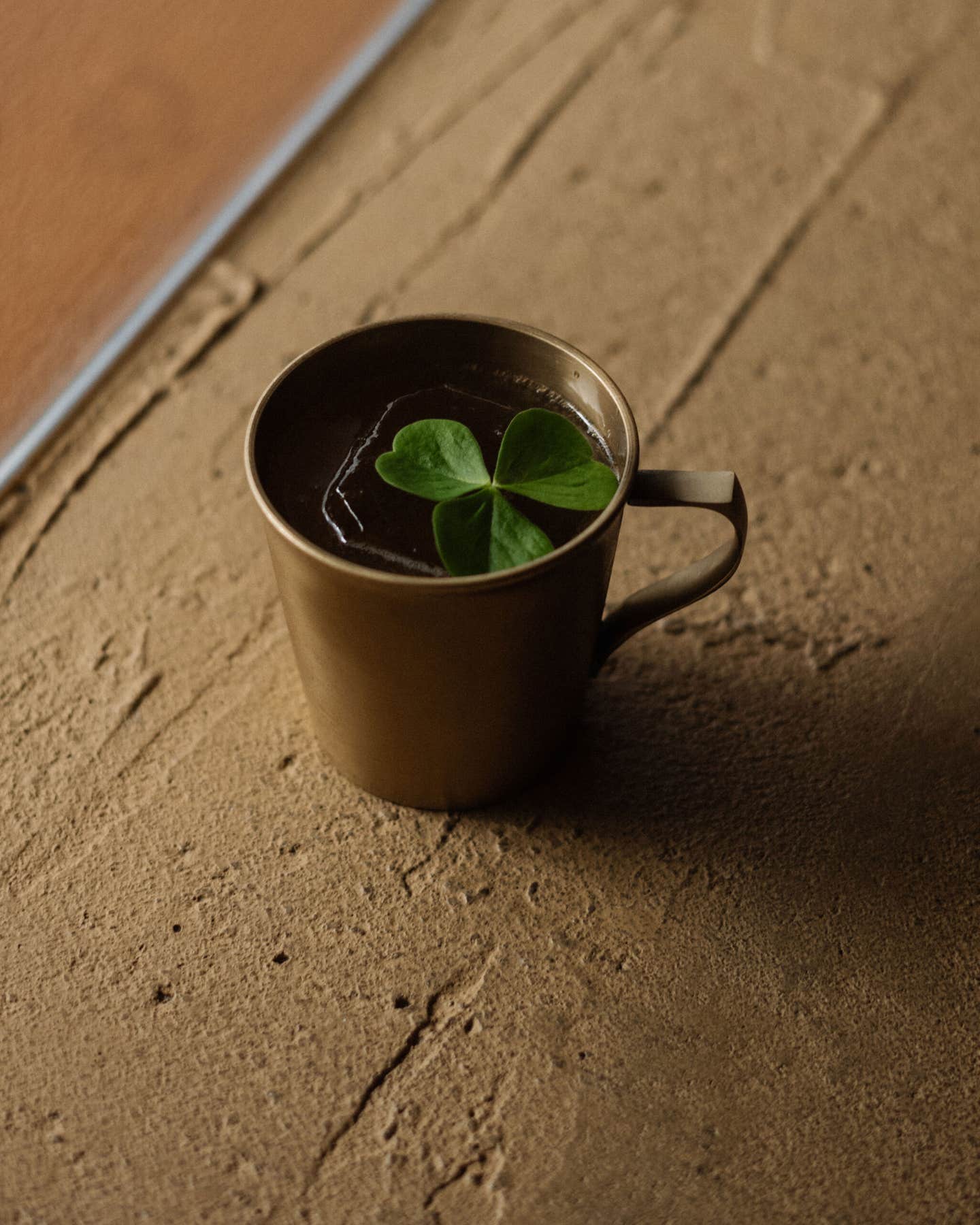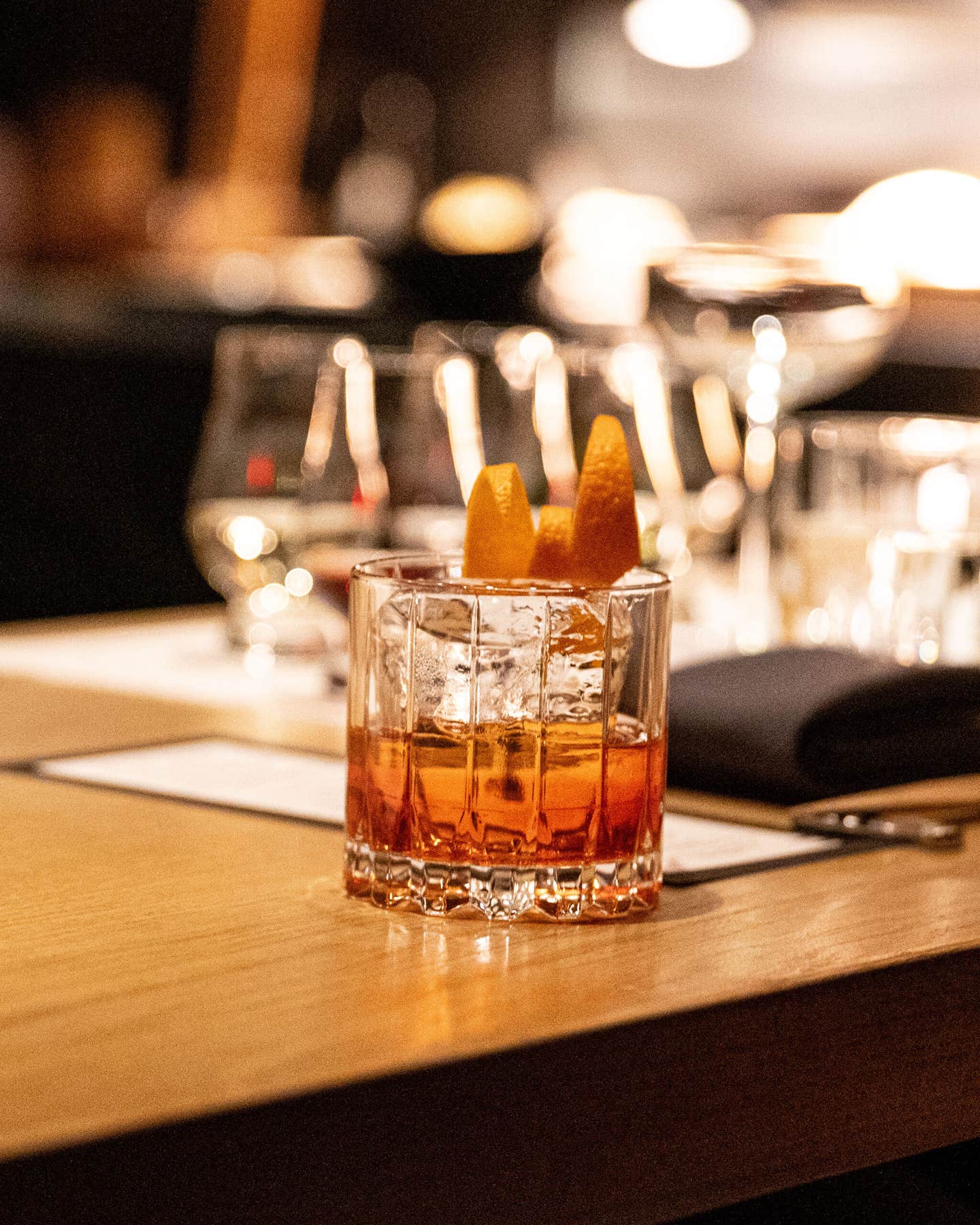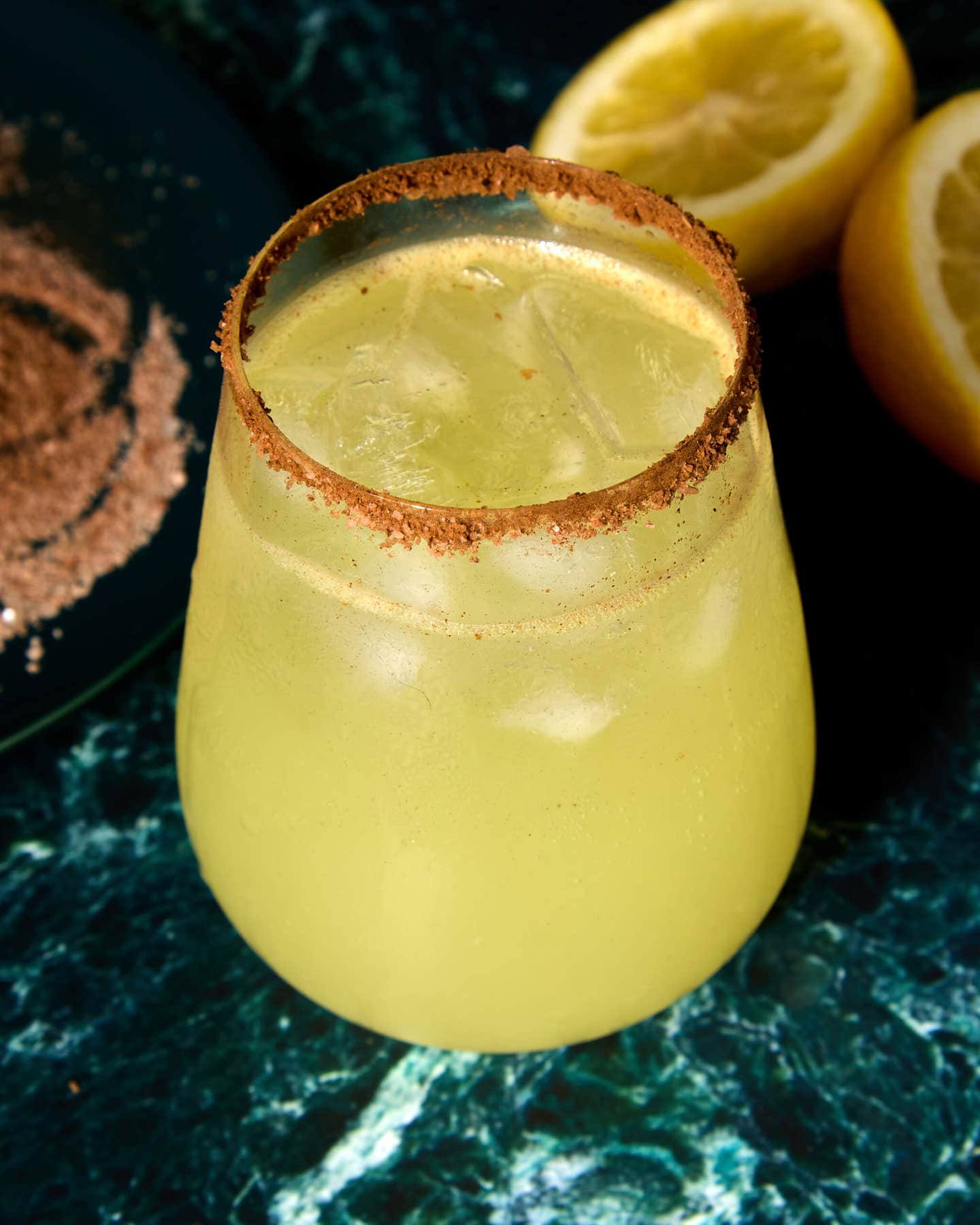
Chinchón
Juan Carlos I may be the king of Spain, but in Chinchon, humble anise rules. Wandering down the winding streets of this tiny town about 30 miles southeast of Madrid, I'm confronted at every turn by anis, the anise-flavored alcoholic beverage that has been made here for more than three hundred years—and
that has put Chinchon on the gastronomic map. Bottles beckon from store windows. A truck thunders down the narrow lane, its sides emblazoned with the words ANÍS DE CHINCHÓN. Is it my imagination, or does the very air smell of anise?
In a tavern on Chinchon's Plaza Mayor, I order a glass of dry anis and carry it to a table outside. Balconied three-story houses surround the irregularly shaped square, their dark-green arcades lending it a stage-set quaintness. As I savor the brawny licorice aroma of the clear liquid before me, I look past low walls to the temporary ring still set up from yesterday's bullfight. Sipping my anis, I'm astonished at the bull-like kick it packs: This is not the syrupy, sticky-sweet liqueur Americans think of as anisette, but a vigorous distillation, redolent with anise and formidably alcoholic—at least 70 proof.
Later, I watch as an old man wends his way across the stones; one hand holds a cane, the other a suspiciously bottle-shaped package. I follow him past shops arrayed with long strings of garlic (another specialty of the region), chunks of manchego cheese floating in olive oil, and local wine. We arrive almost together at a tavern whose sign declares bueno, bonito, barato—"good, nice, cheap". This time, I order sweet anis. Lower in alcohol than the dry, it is clean in flavor, with a sweetness that is not at all cloying.
Curious about the production of this wondrous spirit, I've arranged a visit to La Alcoholera de Chinchon, the larger and much better known of the town's two distilleries (the other is Destileria de Chinchon)—which churns out more than 2 million bottles a year. As I approach the low-slung stucco building, the heady fragrance is palpable—almost overwhelming. Wading through the intoxicating air, I walk through the entryway, past an antique copper still and displays of graceful petioles of anise. The fragile appearance of this ancient plant (Pimpinella anisum), a member of the carrot family, belies a stubborn strength: Anis—the word is used for both the herb and the liqueur—grows so prolifically and tenaciously that locals call it matalahuva, "grape killer", for its effect on nearby vines.
The dry, slender stalks of the anise plant are topped with billowy seed clusters; these are harvested each August, macerated with water and neutral alcohol, and sweetened according to the type of anis being made. What makes Chinchon's product unique is that only local plants, free from extraneous odors and flavor components, are used—achieving a purity of taste that has won anis de chinchon more than a century of acclaim, from the Grand Diplome d'Honneur at the 1889 International Exposition in Paris to a certification of geographical denomination from the European Union in 1989.
Though La Alcoholera's anis de chinchon is imported into the United States, another brand of Spanish anisette, Anis del Mono—made in Badalona, north of Barcelona—is more widely distributed here (though only in its sweet form). But to a Spaniard, _anis _means "Chinchon" (and a request for a chinchon is universally understood as a request for the town's anis)—and the peaceful village itself is a favorite weekend destination for Madrileños. In the 1970s, in fact, Chinchon was declared a national monument for its medieval architecture—the centerpiece of which is the town castle, within whose walls La Alcoholera used to operate before moving outside the town borders. "People are finally coming to see the village," says Felipe de Basa, director of the Chinchon Tourist Board. "They used to come only to drink anis."
Still, it's pretty hard to avoid. At the Parador de Chinchon, a charming hotel in a restored monastery, I find out just how ubiquitous it is: I round off a meal of garlic soup and succulent roast lamb with (no surprise here) a bombon helado flambeado al anis—vanilla ice cream coated in chocolate, doused in anis, and set aflame, creating a landslide of rich, dark sweetness. The chocolate crisps in the heat, the ice cream melts away to reveal a core of honey, and the now-familiar aroma explodes across the table. Postprandial coffee at the Parador is accompanied by a plate of yemas, those delectable convent-made egg-yolk confections for which Spain is famous. My waiter watches eagerly as I bite into their silken sweetness, and smiles at my delight as I detect an unmistakable savor. "Yes," he confirms proudly. "Here _everything _is scented with the perfume of anis."
Keep Reading
Continue to Next Story










